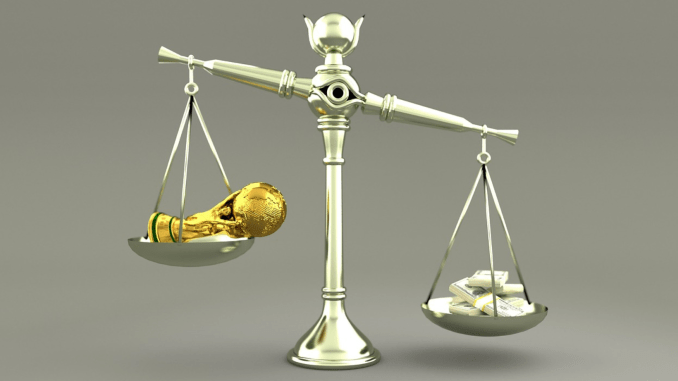
Infinite Growth, Finite Planet — Why the Math Won’t Pencil
Why it matters: An economy optimized for extraction, exploitation, and colonization treats living systems like fuel. That logic pushes us toward ecological collapse—and social breakdown with it.
The signal: If the goal is endless growth, the outcome is overshoot. If the goal is thriving within limits, the outcome can be shared prosperity.
- See the Playbook
- The Reset
- Build the Media Commons
✦ ✦ ✦
The Big Picture
- Design flaw: Externalized costs (pollution, illness, biodiversity loss) + privatized gains.
- Time lag: Markets price damage after it occurs; ecosystems hit irreversible thresholds.
- Power loop: Wealth concentrates → policy follows money → extraction accelerates.
- Bottom line: We don’t just have a climate problem; we have a design problem.
✦ ✦ ✦
How We Got Here
- Colonial blueprint: Land, labor, and resources treated as controllable “inputs.”
- GDP as god: What we count (stuff produced) outweighs what we need (health, stability, meaning).
- Cheap energy era: Fossil subsidies hid true costs, turning waste into “growth.”
✦ ✦ ✦
Reality Check
- Nature’s limits are non-negotiable.
- Status-quo “green growth” isn’t enough if materials, land, and energy stay linear and extractive.
- Justice matters: those least responsible suffer first and worst.
✦ ✦ ✦
The Reset:
- Ecological Economics + Ethical Leadership + Permaculture + Holistic Design
- Ecological economics
- Goal shift: from more to enough (well-being per unit of energy/material).
- Tools: doughnut/safe-and-just space, Genuine Progress Indicator, caps + commons.
- Ethical leadership
- Fiduciary duty → stewardship duty.
- Incentives for long-term outcomes, not quarterly optics.
- Radical transparency on supply chains, lobbying, and impacts.
- Permaculture
- Design from patterns to details; stack functions; close loops.
- Soil, water, biodiversity as capital bases, not afterthoughts.
- Local resilience reduces global fragility.
Holistic system design
- Think whole lifecycle (materials → use → recovery).
- Price the true cost (health, climate, biodiversity).
- Build feedback loops: measure → learn → adapt.
✦ ✦ ✦
What Works (when it’s real)
- Circular flows: repair, reuse, remanufacture; materials as assets, not trash.
- Distributed energy + grids: community power cuts emissions and bills.
- Regenerative food systems: healthy soils = carbon sinks + drought buffers + better yields.
- Mobility without combustion: transit, safe streets, right-sized logistics.
- Finance that serves life: mission-locked funds, community banking, risk-sharing co-ops.
✦ ✦ ✦
Playbook (do this next)
- Change the scoreboard: adopt well-being metrics alongside—or instead of—GDP.
- Set hard ecological budgets: caps for carbon, water, land use; trade inside limits.
- End perverse subsidies: stop paying to destroy ecosystems; redirect to regeneration.
- Localize value creation: regional supply webs; public-interest utilities; community ownership.
- Design for return flows: producer responsibility + materials passports + repair rights.
- Educate for systems literacy: train schools, firms, and cities in feedbacks & thresholds.
- Govern for participation: polycentric governance; citizens’ assemblies; transparent data commons.
✦ ✦ ✦
Yes, but…
- Jobs? Regeneration is labor-rich: retrofits, restoration, repair, care economy.
- Competitiveness? Efficiency + resilience beat brittle, far-flung chains.
- Costs? Up-front investment prevents far greater tail risks (disasters, health, supply shocks).
✦ ✦ ✦
Signals of the Shift
- Budgets tied to ecological ceilings + social foundations.
- Corporate pay linked to impact KPIs, not just EPS.
- Cities publishing material flow + soil-water-carbon accounts.
- Banks offering regenerative term sheets with community downside protection.
✦ ✦ ✦
The Bottom Line
- We can’t spreadsheet our way out of physics.
- Infinite growth on a finite planet is a dead model.
- The upgrade is ecological economics + ethical leadership + permaculture + holistic design—a reset that restores health, dignity, and durable prosperity.
- Build the Media Commons
- Become a Contributor
- Partner with Us
- Mobilized News is assembling the playbook and the people. Join us to push the systems reset—together.